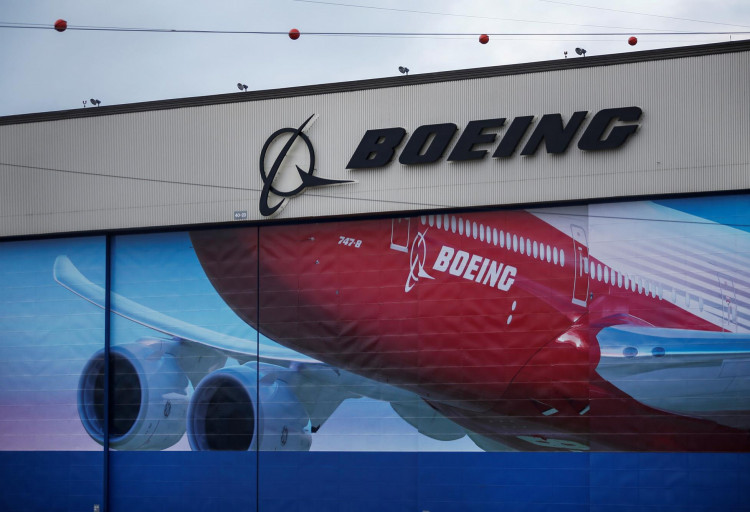Boeing, grappling with a prolonged strike and escalating production challenges, reported a staggering $6 billion loss for the third quarter, its worst financial hit since the COVID-19 pandemic upended the aviation industry. New CEO Kelly Ortberg, who took the helm in August, delivered a sobering yet hopeful outlook as he pledged to steer the embattled aerospace giant toward a leaner, more efficient future.
Ortberg's leadership comes at a pivotal moment for Boeing, as the company seeks to regain its footing following years of financial losses, safety scandals, and reputation damage. On Wednesday, Ortberg presented his vision to analysts and investors, emphasizing the need for a "fundamental culture change" and a more focused operational strategy to bring the company back to profitability.
Boeing's third-quarter results were grim, with losses of $6.17 billion, a stark contrast to the more modest $3.3 billion loss recorded in the same period last year. Revenue also fell slightly to $17.84 billion, largely in line with analyst expectations. However, the company's cash flow took a significant hit, with an outflow of $1.3 billion as production lines slowed and defense programs struggled. Much of Boeing's losses stemmed from a series of challenges across its commercial and defense divisions. The company cited delays in the debut of its 777X wide-body aircraft, now pushed back to 2026, and production issues with its 767 model, slated to cease production in 2027. Boeing's defense sector also posted significant losses, with a $2.4 billion shortfall linked to problems with the KC-46 tanker and the beleaguered Starliner program, which has faced repeated setbacks.
Despite these financial woes, Ortberg expressed confidence in the company's ability to rebound, citing Boeing's robust order backlog, valued at over $500 billion. Ortberg has made it clear that Boeing's path to recovery will involve significant restructuring, including the reduction of its global workforce by 10%. This would translate to cutting approximately 17,000 jobs out of its 170,000-strong workforce, a move designed to streamline operations and reduce costs. The CEO indicated that the company would focus on becoming more agile, with an emphasis on improving quality control and addressing safety concerns that have plagued its products in recent years.
"We need to know what's going on, not only with our products but with our people," Ortberg said, acknowledging the deep-seated issues within Boeing's manufacturing processes. "We have to prevent issues from festering and work collaboratively to understand root causes and implement solutions."
Boeing's troubles extend beyond production delays and financial losses, as the company faces a costly strike by more than 32,000 machinists in the Seattle area, where the majority of Boeing's aircraft are manufactured. The strike, which has been ongoing since mid-September, has severely disrupted operations, costing Boeing an estimated $1 billion per month, according to S&P Global Ratings.
The machinists' union, representing workers from the International Association of Machinists and Aerospace Workers, is scheduled to vote on a new contract proposal that includes 35% pay raises over four years, a higher signing bonus, and 401(k) contributions. However, the union remains divided, with some members calling for even greater concessions, including the restoration of a traditional pension plan.
"We have been working tirelessly to find a solution that meets the needs of our employees while also ensuring the long-term health of the company," Ortberg said. He expressed optimism that a deal could be reached soon, with the results of the union vote expected later Wednesday.
Boeing's current challenges have drawn comparisons to other industry crises, most notably Chipotle's battle with E. coli outbreaks in 2015, which led to temporary closures and a long road to regaining consumer trust. However, some analysts believe Boeing's situation is more akin to its own past struggles, including the safety issues that led to the global grounding of its 737 Max aircraft after two deadly crashes.






